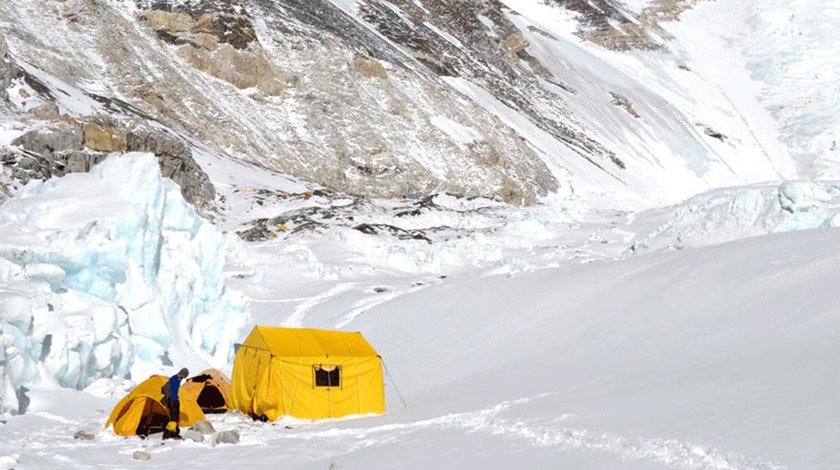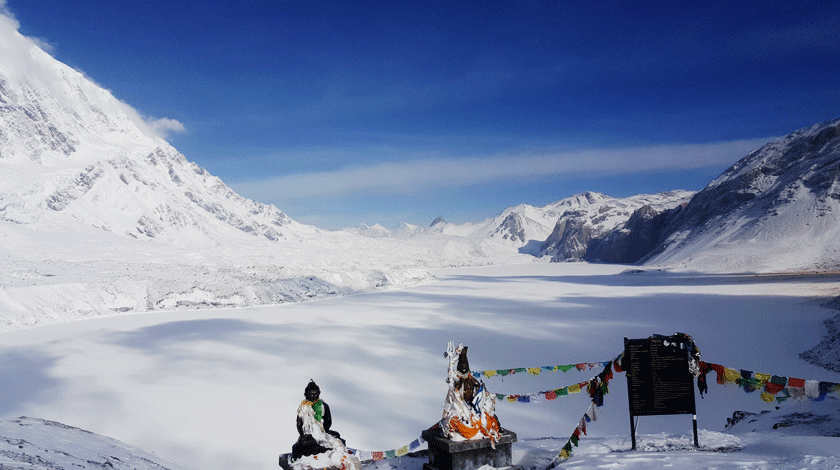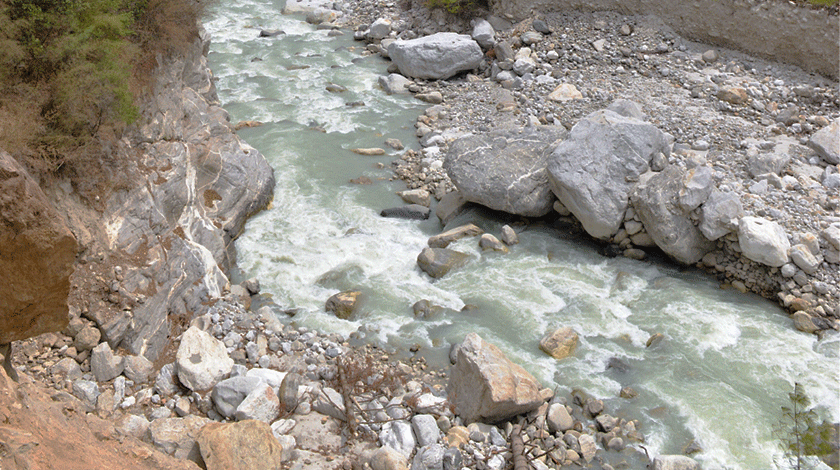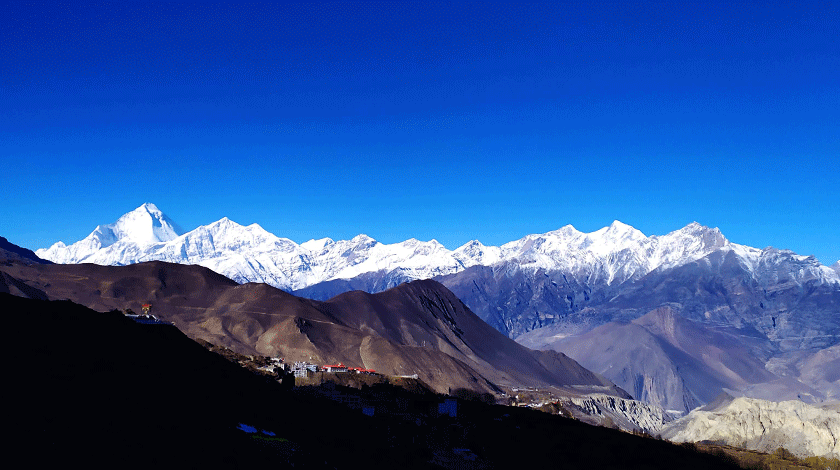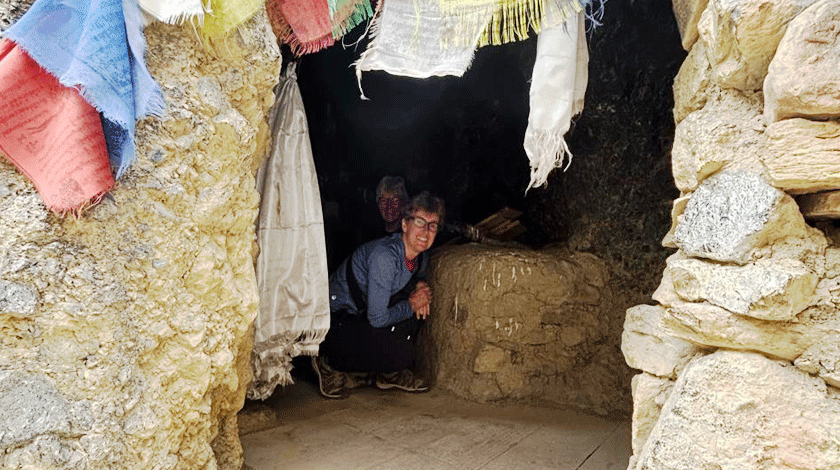Sagarmatha National Park Nepal
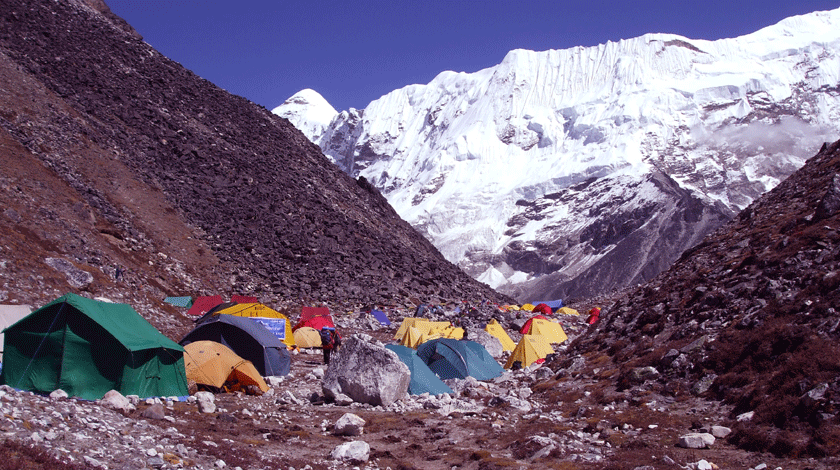
Discovering the Wonders of Sagarmatha National Park, Nepal: A Himalayan Adventure
Sagarmatha National Park, located in Nepal’s Solukhumbu District, is one of the world’s most iconic natural landscapes. Home to Mount Everest, locally called Sagarmatha, this UNESCO World Heritage Site spans 1,148 square kilometers of rugged Himalayan terrain. The park is a treasure trove of biodiversity, rich Sherpa culture, and breathtaking trekking routes, making it a top destination for adventurers, nature lovers, and cultural enthusiasts alike.
From the towering peaks to serene alpine meadows, Sagarmatha National Park offers an unforgettable Himalayan adventure. This article explores its geography, climate, flora, fauna, Sherpa heritage, trekking opportunities, and conservation efforts.
Geography and Climate of Sagarmatha National Park
Sagarmatha National Park features a dramatic landscape of glacial valleys, deep gorges, and some of the world’s tallest mountains. Elevations range from 2,845 meters at Monjo to 8,848 meters at the summit of Mount Everest. This extreme variation creates diverse climatic zones:
- Lower Elevations: Temperate forests with mild weather
- Mid-Elevations: Alpine meadows and scrubs
- High Elevations: Polar conditions with freezing winters
The Indian monsoon brings heavy rainfall from June to September. The best time for trekking is during pre-monsoon (March–May) and post-monsoon (October–November), when clear skies provide perfect conditions for Himalayan trekking and photography.
Flora: A Rich Botanical Diversity
Sagarmatha National Park is home to a diverse range of plants adapted to its varying altitudes:
- Low Altitudes (up to 3,500 m): Pine, hemlock, and fir forests dominate. In spring, rhododendrons bloom in white, pink, and red hues, creating stunning landscapes.
- Mid Altitudes: Alpine scrub and meadows with juniper, grasses, and herbs, providing grazing grounds for Himalayan tahr and musk deer.
- High Altitudes (above 5,000 m): Only hardy alpine plants, mosses, and lichens survive in rocky terrain.
This rich flora makes the park a paradise for nature lovers and photographers alike.
Fauna: A Wildlife Haven in the Himalayas
Sagarmatha National Park shelters rare and endangered species, thanks to its diverse ecosystems.
Mammals
- Snow Leopard: An elusive predator found in high-altitude regions
- Red Panda: Endangered species feeding on bamboo in temperate forests
- Himalayan Tahr & Musk Deer: Common in alpine meadows
- Other mammals include the Himalayan black bear, the yellow-throated marten, pikas, and marmots
Birds
- Over 100 species, including Nepal’s national bird, the Impeyan pheasant
- Blood pheasant, red-billed chough, eagles, and vultures
- Sagarmatha National Park is recognized as an Important Bird Area (IBA) for global bird conservation
The park’s wildlife adds an unforgettable dimension to Himalayan trekking adventures
Sherpa Culture: Living Heritage of the Himalayas
Sagarmatha National Park is as culturally rich as it is naturally stunning. The Sherpa community, renowned for mountaineering skills, has lived here for centuries. Sherpa villages offer visitors a glimpse into traditional Himalayan life.
- Namche Bazaar, Khumjung, Pangboche: Vibrant villages with colorful festivals, prayer flags, and carved mani stones
- Tengboche Monastery: The largest gompa in Khumbu at 3,867 meters, hosting the annual Mani Rimdu Festival, attracting locals and tourists alike
Experiencing Sherpa culture enhances any Himalayan adventure, providing deep insight into the spiritual and daily life of this resilient mountain community.
Trekking in Sagarmatha National Park: A World-Class Adventure
Sagarmatha National Park is one of the premier trekking destinations in Nepal, offering routes for all levels of adventurers.
Everest Base Camp Trek
The Everest Base Camp Trek is the ultimate Himalayan trekking experience. The route passes through picturesque Sherpa villages, ancient monasteries, and suspension bridges over roaring rivers. Trekkers are rewarded with panoramic views of Mount Everest and the surrounding peaks, culminating at the base camp of the world’s highest mountain.
Highlights:
- Scenic Sherpa villages like Namche Bazaar and Tengboche
- Stunning Himalayan landscapes and glaciers
- Close-up view of Mount Everest and Kala Patthar
Three Passes Trek
For seasoned trekkers, the Three Passes Trek offers a challenging circuit across Kongma La, Cho La, and Renjo La. This trek combines adventure with breathtaking scenery, including Gokyo Lakes and spectacular Himalayan vistas.
Highlights:
- Crossing three high-altitude passes
- Panoramic views of Everest, Lhotse, Makalu, and Cho Oyu
- Exploration of remote alpine landscapes and Sherpa culture
Both treks exemplify the unmatched adventure and natural beauty of Sagarmatha National Park.
Mountaineering: A World-Class Destination
Beyond trekking, Sagarmatha National Park is a hub for mountaineering. Climbers from around the globe attempt summits like Mount Everest, Lhotse, Nuptse, and Ama Dablam. Proper preparation and experienced guides are essential for high-altitude expeditions in this challenging Himalayan terrain.
Conservation and Sustainable Tourism
Sagarmatha National Park’s ecological and cultural integrity is actively preserved through:
- Sustainable Tourism Practices: Waste management, eco-friendly trekking, and habitat protection
- Climate Change Initiatives: Monitoring glacial melt, changing weather patterns, and habitat conservation
- Community Involvement: Sherpa communities participate in conservation and sustainable tourism programs
These efforts ensure the park remains a thriving natural and cultural haven for future generations.
Visitor Guidelines for Responsible Tourism
To protect Sagarmatha National Park’s fragile ecosystem:
- Avoid littering and use eco-friendly trekking equipment
- Respect local customs and Sherpa traditions
- Minimize wildlife disturbance and follow park regulations
- Support local communities by hiring local guides and using Sherpa-run lodges
Responsible tourism ensures the preservation of this Himalayan treasure.
Conclusion
Sagarmatha National Park is a must-visit destination for anyone seeking an unforgettable Himalayan adventure. Its towering peaks, diverse ecosystems, vibrant Sherpa culture, and world-class trekking routes like the Everest Base Camp Trek and Three Passes Trek make it a truly extraordinary place.
Whether you are a trekker, mountaineer, wildlife enthusiast, or cultural explorer, Sagarmatha National Park promises awe-inspiring landscapes, thrilling adventure, and a deep connection with the heart of the Himalayas.
Plan your Himalayan adventure in Sagarmatha National Park today and experience the magic of the world’s highest peaks, rich biodiversity, and living Sherpa heritage.
Sources
- UNESCO World Heritage Centre – Sagarmatha National Park
- Sagarmatha National Park | Department of National Parks and Wildlife Conservation
- Sagarmatha National Park and Buffer Zone | BirdLife Data Zone
- Nepal Tourism Board – Sagarmatha National Park
- World Wildlife Fund – Sagarmatha National Park
- Biodiversity Profile of Sagarmatha National Park
- Bird Conservation Nepal – Sagarmatha National Park
- Lonely Planet – Sagarmatha National Park
- Everest Base Camp Trek – Nepal Wilderness Trekking
- Three Passes Trek – Nepal Wilderness Trekking
- Conservation and Sustainable Tourism in Sagarmatha National Park
- Climate Change Impacts on Sagarmatha National Park
- The Importance of Conservation in Sagarmatha National Park



